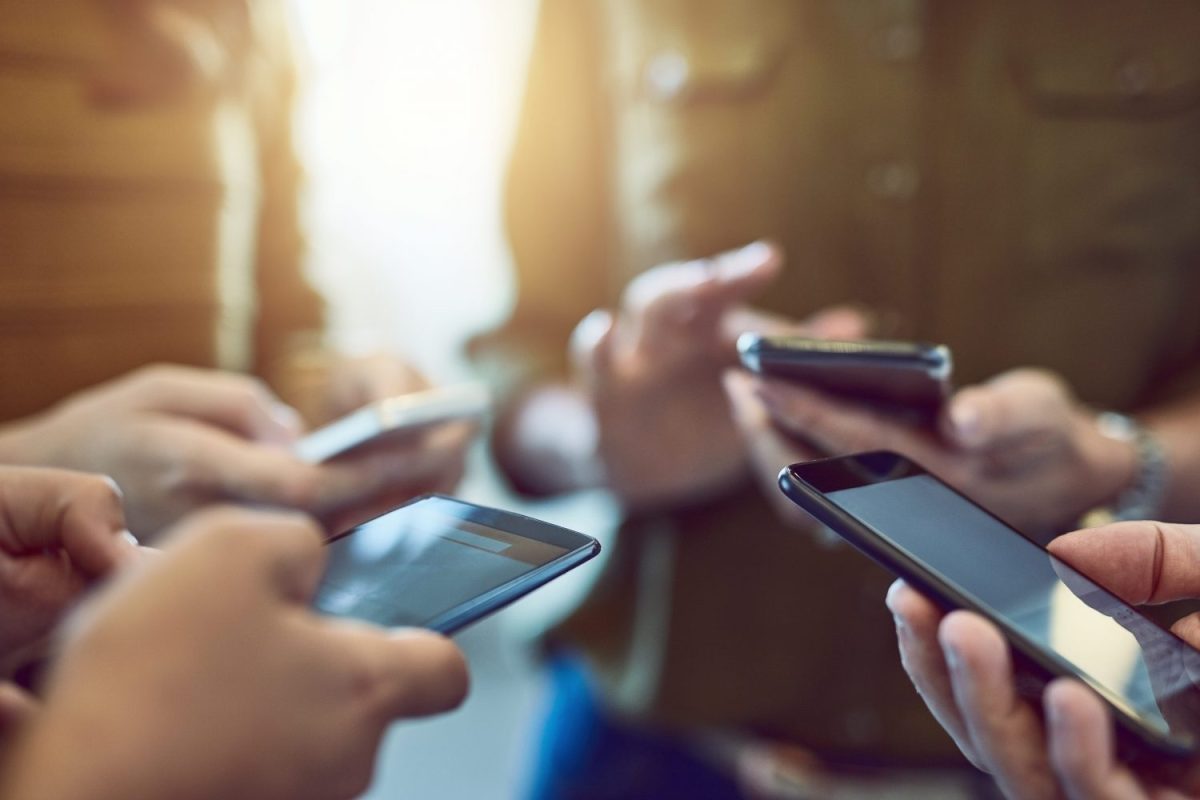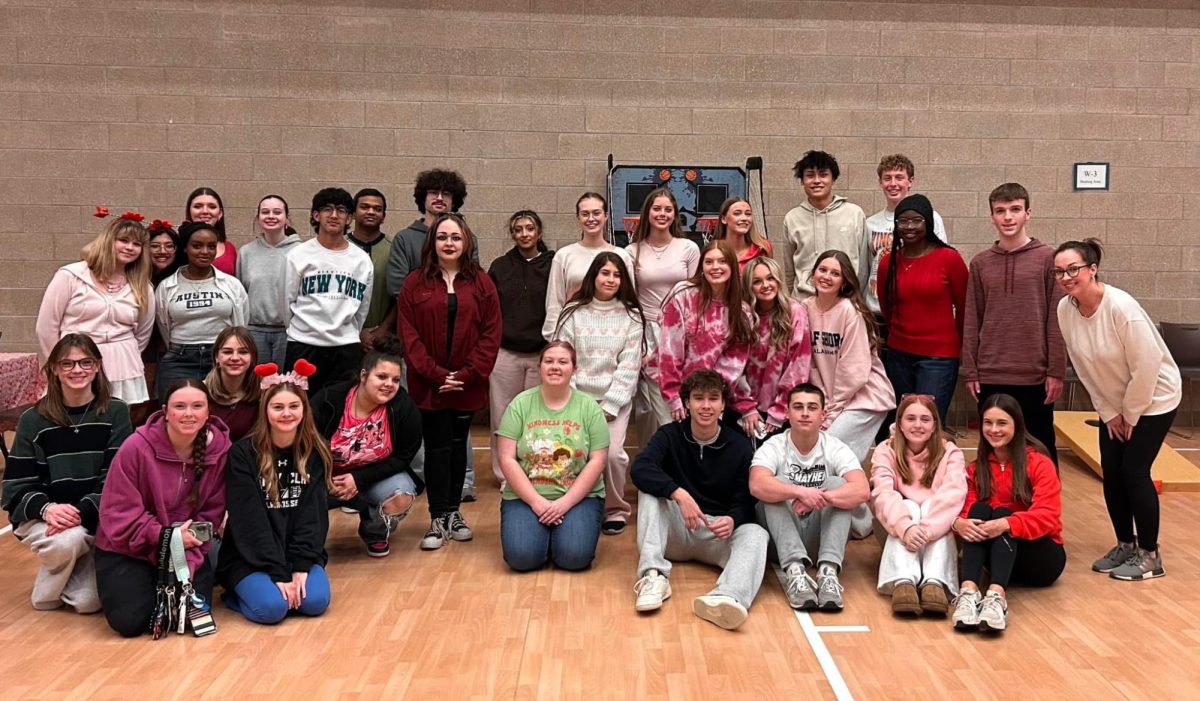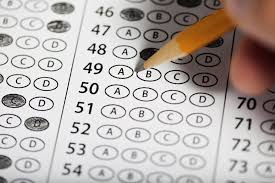On March 26, 2025, a bill that requires all Kentucky school boards to adopt a policy banning cell phones during instructional time (except when authorized by a teacher) was passed by the state legislature and signed by Governor Andy Beshear. This proposed policy is also a “minimum,” meaning that the total ban of phones during the school day is a possibility. In fact, Jefferson County Public Schools has already adopted a policy banning all cell phones during the school day, even during lunch and transitions.
Although phones will have to be banned during instructional time, whether or not FCPS should adopt a policy to ban phones during the entirety of the school day is a complex debate.
On one hand, phones, especially at schools, have many detriments. First, they can cause academic problems. According to Boston University, sending a text during instructional time can result in a student needing up to twenty minutes to refocus on their schoolwork. Further, according to the National Institute of Health, “Smartphone addiction among college students had a significant negative effect on academic achievement.” Also, phone use in general is shown to have negative impacts on teens. For example, a research study of American teens of ages 12-15 showed that those who used social media over three hours each day faced twice the risk of having negative mental health outcomes, including depression and anxiety symptoms.
On the other hand, banning phones at HC may not solve these problems, and phones also have some benefits at schools. First, the detriments of phone use in general are well understood, but banning phones at school fails to solve this issue. If three hours of social media use produces negative outcomes, then a general ban on social media would be needed to be effective. While such a ban would likely be unconstitutional and unfeasible, the point is that banning phones at schools will not be able to solve phone addiction among teens. There are simply too many other opportunities for them to use their phones. Instead, government policy to limit social media or more education on the problems that phone use creates would be a more effective solution to this problem.
Similarly, although phone use during instructional time can be shown to be detrimental, the adverse effects of phone use during transitional periods or lunch are less clear, since no school work needs to be done and students can connect with their phones by playing games with each other or texting during these periods. In other words, the “minimum” value proposed by the new law (banning phones during instructional time) is a good thing. However, banning phones during the entire school day is not likely to fix the phone addiction problems that teens today have, and a better solution should be explored.
Lastly, phones allow students to contact their parents in the event of an emergency. Due to the lack of additional benefits of banning phones during the entire school day compared to simply banning them during instructional time, this emergency use is a major reason that phones should not be entirely banned at FCPS.
Overall, the Kentucky government is doing the right thing to attempt to limit the phone addictions that are plaguing Kentucky students. However, banning phones throughout the school day is not the answer. Therefore, FCPS and HC should ban phones during instructional time as the new law mandates, but not during the entire school day. Further, future FCPS and state government efforts should focus on preventing phone addiction and limiting things like social media that cause it rather than phones at school, since totally banning phones at school is unlikely to have any additional positive effects and could have negative ones on our students.








